|
I just put up a 4 oz roving up for sale in my store. Here is a little blog post about how it came to be, and ways it can be use. Let’s start with how this roving was created. I started with about 12 oz of 19 micron (next-to-skin soft) merino roving. The roving I had was commercially processes and does not have any vegetable matters in it. I soaked the roving in vinegar water, drained the water, then put it on a tray. Then I mixed Jaquard brand acid dye and applied colour to the roving directly. See below. After I am happy with the result, I baked (yes, baked) the roving at 225 degrees for about 30 min. Without opening up the oven, I turned off the heat and let it cool slowly over night. In the morning, I gently washed the roving in cold water to get rid of excess dye. Then came the extremely difficult part of waiting for the roving to dry. After the roving is dry (and plenty of pictures are taken), I took a 4 oz braid, divided it in half, and started spinning. For the first half, I spun directly from the roving. I did not pre-draft or split up the roving at all. I finished the yarn by plying it onto itself using the Navajo style. The result is a self-striping yarn with distinct, and somewhat sudden shifts in colour. See below. For the second half, I divided up the roving length-wise. I spun half of that. Then I divided the remaining half into 4 strips (also length-wise), and spun those into singles. I finished this yarn by plying the two singles together. This technique is called fractal spin. The idea is to introduce a more gradual shift in colour. See below. Last but not least (and because apparently I did not divide up my roving very evenly), I am left with some singles from the fractal spinning. Singles can, of course, be used on their own. Spinning is not the only option for this roving. You can also use it in felting projects or knit the roving itself. Until next time!
0 Comments
|


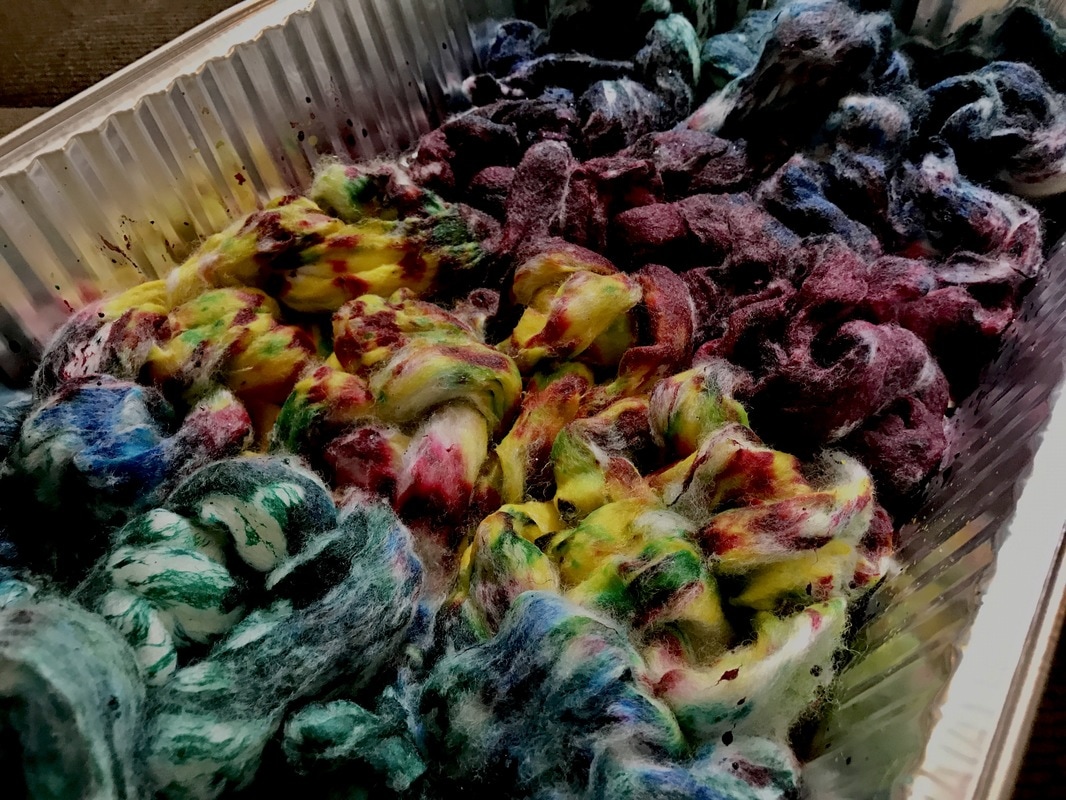
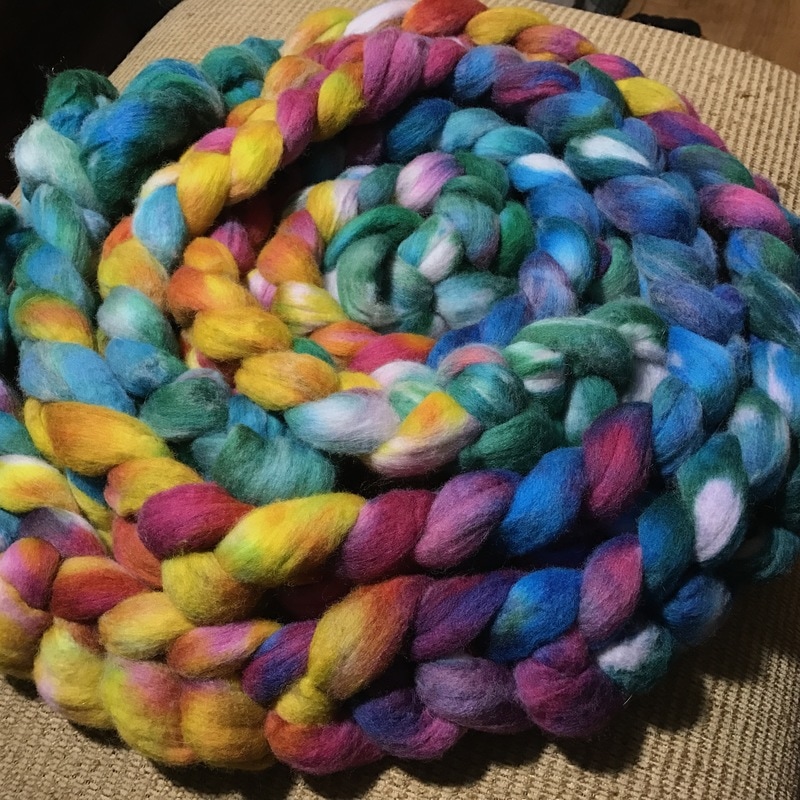

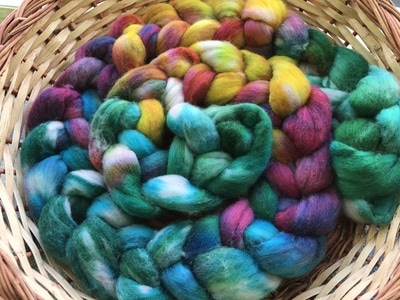
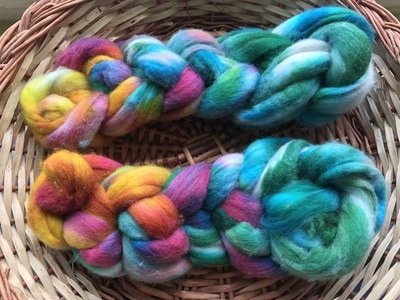

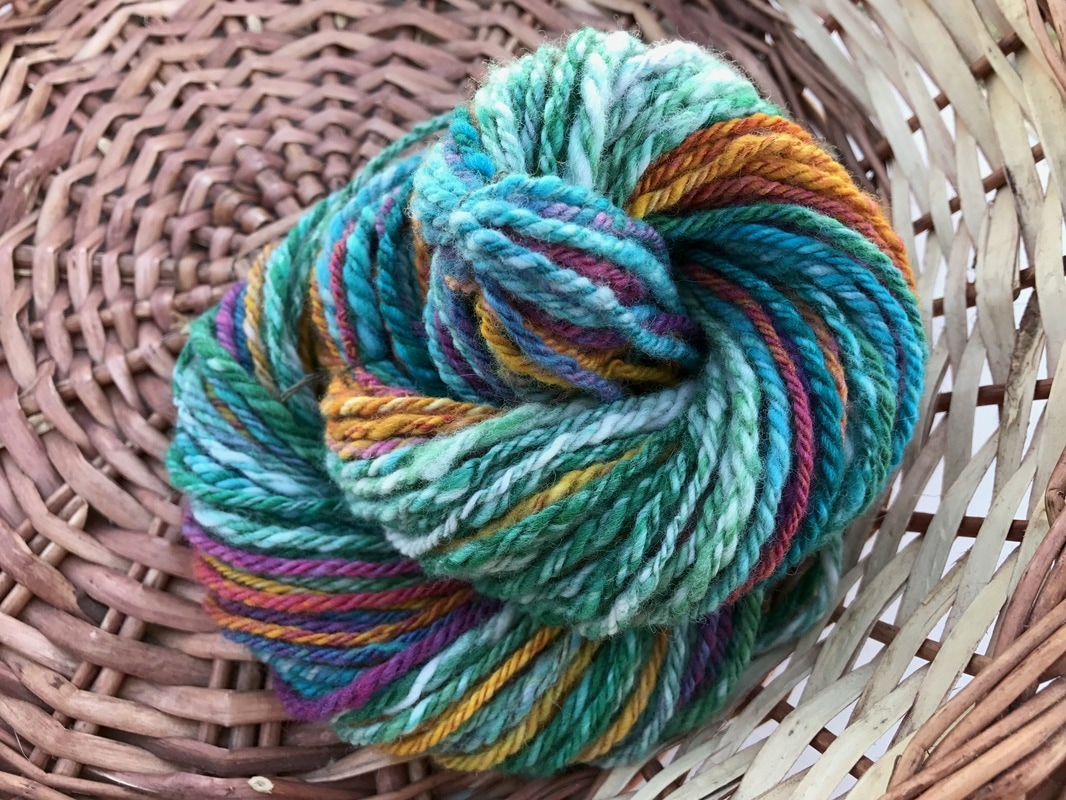
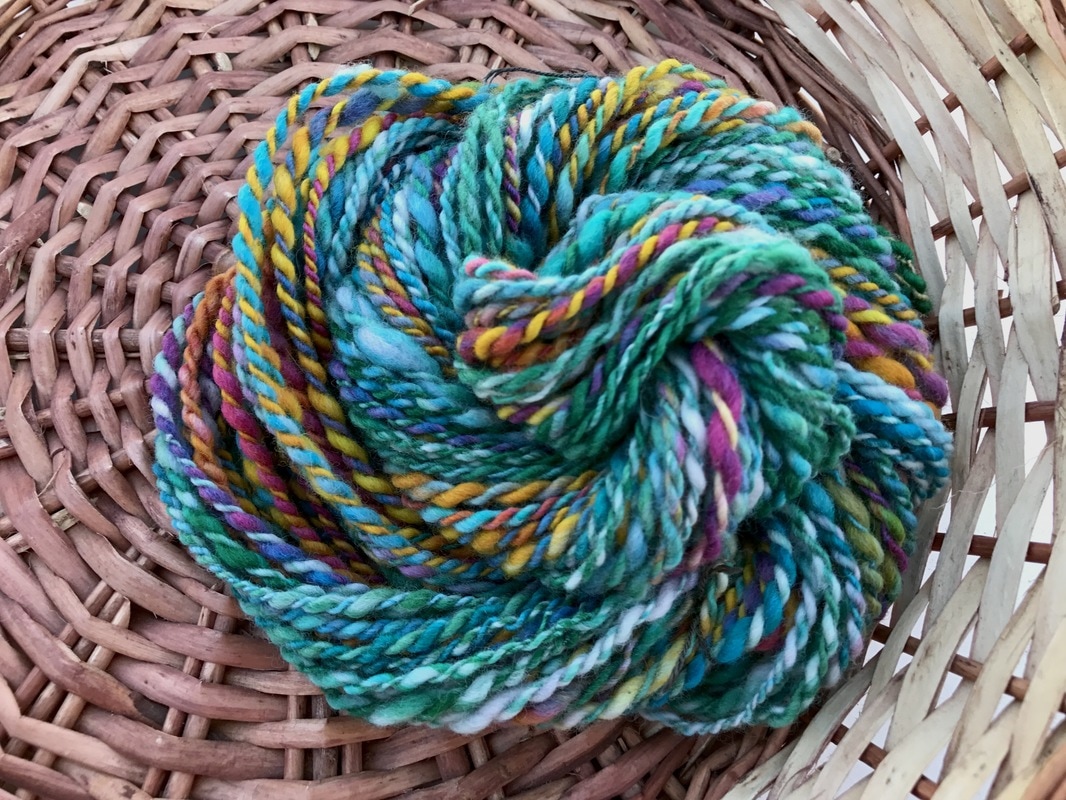

 RSS Feed
RSS Feed
